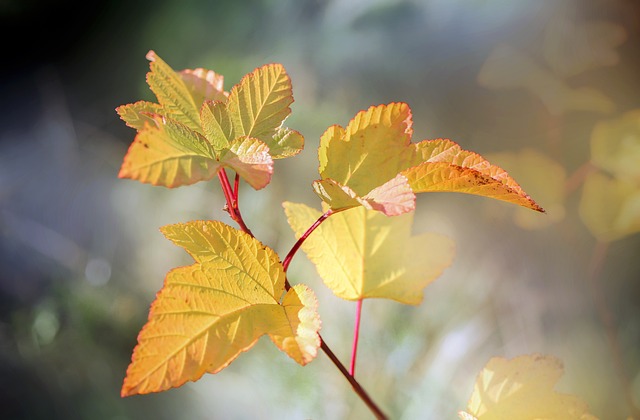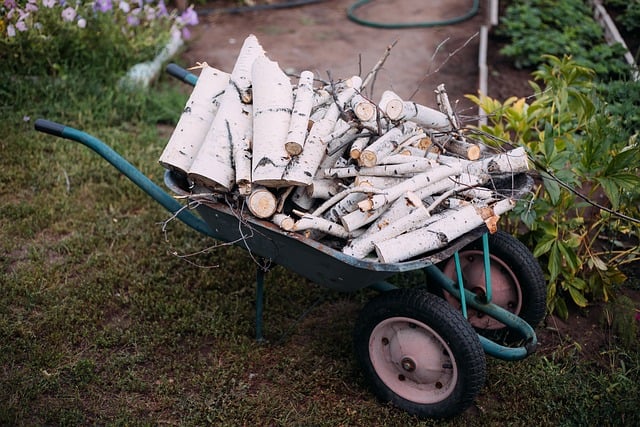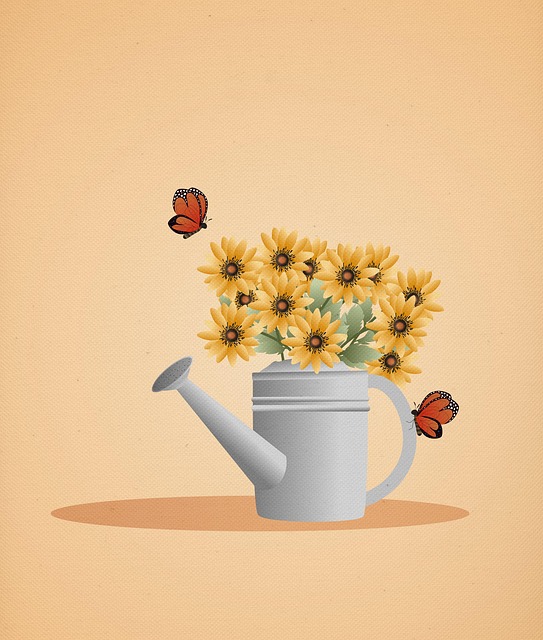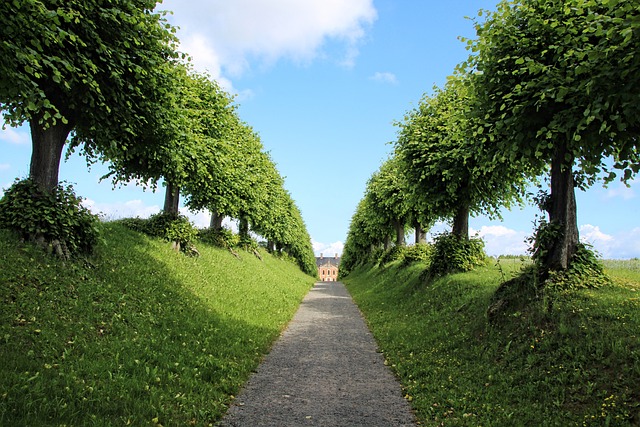Native plants and strategic landscaping techniques offer a secret weapon for creating low-maintenance, vibrant outdoor spaces. By incorporating drought-tolerant plants like lavender and sedum, mulching to suppress weeds, and automatic irrigation systems, gardeners can achieve beautiful landscapes that require minimal upkeep. This approach reduces water usage, fosters wildlife habitats, and combines native grasses with hardscaping ideas for an eco-friendly garden that seamlessly blends with its natural surroundings.
“Unleash the beauty and resilience of your outdoor space by embracing the power of native plants. This guide explores how to create a thriving, low-maintenance garden that harmonizes with nature’s rhythms. Discover the countless benefits of incorporating drought-tolerant plants and easy-care perennial flowers, perfect for those seeking hassle-free landscaping.
Learn strategic mulching techniques for weed control and efficient water conservation methods, including automatic irrigation systems, to ensure a vibrant yard without excessive effort. Explore hardscaping ideas that complement native plant landscaping.”
- Understanding Native Plants and Their Benefits
- Choosing Drought-Tolerant Plants for Your Garden
- Implementing Low-Maintenance Perennial Flowers
- Landscaping Tips: Mulching, Irrigation, and Hardscaping Alternatives
Understanding Native Plants and Their Benefits

Native plants are a garden’s unsung heroes, offering numerous benefits beyond their aesthetic appeal. These plants have adapted to thrive in their specific local environments, meaning they require less care and maintenance compared to non-native species. For gardeners seeking low-maintenance solutions, native plants are a game-changer. They not only reduce the need for frequent watering but also minimize the use of pesticides and fertilizers, making them an eco-friendly choice.
One of the key advantages is their drought tolerance. Many native perennials and shrubs can survive with minimal water, which is especially beneficial in regions facing water scarcity or prolonged droughts. Moreover, they provide a natural habitat for local wildlife, including birds and butterflies, contributing to a healthier ecosystem. When incorporating native plants into your landscaping, consider using mulching techniques to suppress weeds and retain soil moisture. Automatic irrigation systems can further enhance the care of these easy-to-maintain flowers and shrubs, ensuring they thrive in your garden or yard while aligning with modern, low-maintenance lawn alternatives.
Choosing Drought-Tolerant Plants for Your Garden

Creating a beautiful, low-maintenance garden doesn’t have to be challenging, especially when incorporating drought-tolerant plants. These varieties not only thrive in local conditions but also significantly reduce watering needs, making them perfect for those seeking sustainable and easy-care landscaping solutions. Perennial flowers, like lavender, sedum, and coneflower, are excellent choices as they return year after year, offering vibrant colors and textures without requiring constant attention.
Implementing effective weed control methods is another key aspect of successful native plant gardening. Mulching around your plants creates a barrier that prevents weed growth while also helping to retain soil moisture. Additionally, consider installing automatic irrigation systems or drip feeders to ensure your plants receive adequate water during dry periods, making it simple to maintain a lush and healthy garden with minimal effort. For those looking to replace traditional lawns, low-maintenance lawn alternatives like native grasses offer a stylish and sustainable option that requires less care than conventional turfgrass. Combine these strategies with creative hardscaping ideas for a stunning, low-maintenance garden that seamlessly blends with its natural surroundings.
Implementing Low-Maintenance Perennial Flowers

Implementing low-maintenance perennial flowers is a fantastic way to transform your garden into a vibrant and sustainable oasis that requires minimal care. These drought-tolerant plants, native to local landscapes, offer a range of colors, textures, and shapes, making them an attractive and eco-friendly alternative to traditional lawn coverage. One of the key benefits is their ability to thrive with minimal watering, reducing water usage and maintenance efforts. Perennials also provide a long-lasting solution as they return year after year, ensuring your garden stays beautiful without constant replanting.
To maximize their potential, consider incorporating effective weed control methods like mulching around the plants. A layer of organic mulch not only suppresses weeds but also conserves moisture in the soil, further reducing watering needs. Additionally, automate irrigation with smart sprinkler systems or drippers to ensure your perennials receive adequate water without excessive waste. When combined with native plant landscaping and hardscaping ideas, these low-maintenance lawn alternatives can create a stunning garden that is both visually appealing and sustainable.
Landscaping Tips: Mulching, Irrigation, and Hardscaping Alternatives

When creating a beautiful and sustainable garden with native plants, there are several practical landscaping tips to consider. One effective method is mulching, which acts as a protective layer for soil, retaining moisture and suppressing weeds. By using organic materials like wood chips or straw, you can create a natural barrier that also enriches the soil over time. This not only reduces the need for frequent weeding but also helps conserve water, making it an ideal technique for low-maintenance garden tips.
Additionally, implementing drought-tolerant plants and perennial flowers for easy care is key to a successful native plant landscape. These plants are adapted to local conditions, requiring less irrigation once established. Automating your irrigation systems with smart technologies ensures efficient water use without compromising plant health. Complementing these soft landscaping elements with hardscaping ideas, such as stone paths or wood retaining walls, provides structure and visual interest while reducing lawn areas, which can be replaced with low-maintenance lawn alternatives.
Creating a beautiful and sustainable garden is achievable through embracing the power of native plants. By understanding your region’s unique conditions and selecting species that thrive locally, you can enjoy a vibrant, low-maintenance space. Integrating drought-tolerant plants, such as perennial flowers, along with effective mulching techniques and thoughtful hardscaping alternatives, ensures an easy-care garden. Say goodbye to tedious lawn maintenance and embrace the natural beauty of native landscaping—a sustainable solution for modern times.
